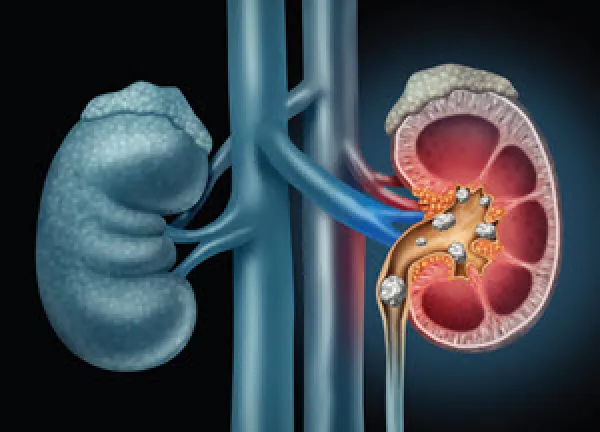Radiology Coding Alert
Is Low Back Pain a Symptom of Spondylolisthesis?
Question: A senior patient presented to a radiology practice with chronic low back pain. The radiologist captured anteroposterior (AP), lateral, and bending views of the patient’s L1-L5 vertebrae. The patient hasn’t experienced any recent trauma. The radiologist’s findings list chronic low back pain due to lumbar spondylolisthesis. Which condition do I report as the diagnosis? Oregon Subscriber Answer: Low back pain is a symptom of spondylolisthesis, so you only need to report M43.16 (Spondylolisthesis, lumbar region) for this diagnosis. Including a low back pain code, such as M54.50 (Low back pain, unspecified), on your claim is unnecessary and incorrect since the radiologist documented a definitive finding of spondylolisthesis. Lumbar spondylolisthesis occurs naturally over time and with wear and tear on the spinal joints. Other conditions like infections, arthritis, and stress fractures can also cause lumbar spondylolisthesis to develop. Don’t forget: Subcategory M43.1- (Spondylolisthesis) also features an Excludes1 note referencing the following acute traumatic or congenital condition codes: As mentioned above, spondylolisthesis develops over time as opposed to being an acute condition caused by trauma (coded to S33.1-) or a condition that has been with the patient since birth (coded to Q76.2). The S33.1- Excludes1 note also tells you not to use M43.1- if the condition is described as “acute traumatic of lumbosacral region.” This instruction is considered an unwritten descriptor for S33.1- since the condition isn’t listed within the ICD-10-CM code set in that subcategory.
Related Articles
Radiology Coding Alert
- CPT® 101:
Examine These DXA Scan Scenarios
Do you need multiple codes for DXA and VFA scans? Radiologists use dual-energy X-ray absorptiometry [...] - Modifier Mania:
4 Tips to Help You Differentiate Modifiers 76 and 77
Pay attention to which provider repeats the service. It’s a common occurrence: Your radiologist performs [...] - Reimbursement:
Fight for Your Right to Appeal and Win
Insurance companies aren’t advocating for your office; that’s your job. During her HEALTHCON 2024 session, [...] - You Be the Coder:
Report Repeated Fetal Biophysical Profiles for a Twin Pregnancy
Question: I have a report for a patient who is pregnant with twins. The radiologist performed [...] - Reader Questions:
Measure Minor, Moderate, and Major Splenic Lacerations
Question: A patient presented to an emergency department (ED) with complaints of abdominal pain. The radiologist [...] - Reader Questions:
Is Low Back Pain a Symptom of Spondylolisthesis?
Question: A senior patient presented to a radiology practice with chronic low back pain. The radiologist [...] - Reader Questions:
Don’t Feel Anxious About Coding Stress Views
Question: I have a report that states the radiologist performed a four-view unilateral hip X-ray with [...] - Reader Questions:
Always Remain HIPAA Compliant
Question: One of the physicians in my practice demands we use a sign-in sheet — they [...] - Reader Questions:
Get the Skinny on Medicare Overpayment Timeline
Question: We’ve heard that Centers for Medicare & Medicaid Services (CMS) says we should return any [...]




